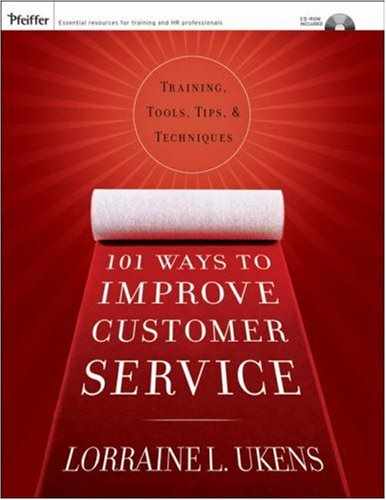Customer service is generally delivered by a group of people working together toward common goals. Service teamwork relies on the cooperation among individuals, departments, and organizations to provide effective customer service. Even when the service deliverer is a one-person enterprise, he or she relies on service partnerships with suppliers and associates to deliver effective customer service. Therefore, the highest level of service occurs when employees think of themselves, their colleagues, and their customers as one team, working together as part of the same process.
Because most organizations are made up of functional systems that interrelate, customer service can be viewed as the sum total of what an organization does to meet customer expectations and produce customer satisfaction. Although an individual may take a leading part in delivering customer service, it normally involves actions by a number of people in the company. To be successful in maintaining quality service for external customers, employees must be able to provide effective service to internal customers. Service teamwork therefore requires an interactive community of coworkers who collaborate, overcome, and achieve together.
By pooling resources and supporting one another, service teams can meet their goals and objectives faster and more easily. Working in teams allows the pooling of resources in order to meet the demands of an ever-expanding network of customers. This collaboration is especially important during the problem-solving process because the examination of diverse viewpoints can lead to new ways of viewing things, which bring about an expanded information base.
Partnering—that is, a win-win collaboration between two or more parties—increases productivity, fosters collaborative problem solving, and creates loyalty. Successful service partnerships engender trust in the people and organizations involved. Such trust leads to enhanced commitment to corporate goals, better customer service, higher morale and motivation, improved communication and information sharing, and better resolution of problems.
Teamwork and partnering are firmly rooted in issues of trust. This can have long-term implications for success or failure in relationships as well as the company’s bottom line. When trust is low, organizations can decay and interactions deteriorate so that divisive politics, turf wars, and infighting might escalate. Finally, commitment to the organizational vision and strategy plummets, product and service quality deteriorates, morale declines, and customers leave. Therefore, the concerted effort of each individual team player must be fixed on building a trusting and trustworthy relationship with coworkers and clients alike.
Because teams are a logical approach to sharpening an organization’s competitive edge, a blend of cooperation and competition naturally exists to help teams and organizations strive to do their best. A constructive competitive spirit can help motivate employees to maximize their contributions and work toward higher goals. As teams strive against competitors to perform at their highest levels, all group members combine efforts to experience a measure of success. Organizations are strongest when employees work together, delivering excellent value to clients. Team members capitalize on individual strengths while learning from one another.
Certain actions will help achieve a supportive team spirit, whether one is dealing with internal or external customers. These actions include respecting one another, sharing information, expressing needs, clarifying expectations, knowing the rules, relating outcomes, and developing relationships through trust, rapport, empathy, and understanding.
